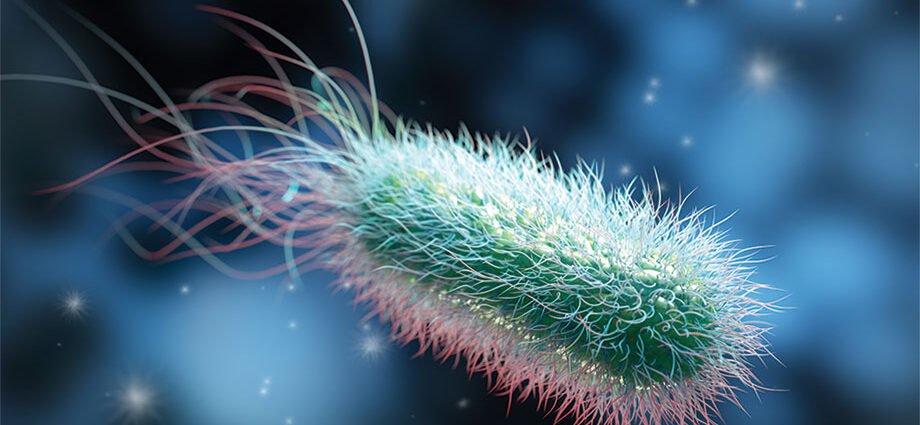A recent study aims to use synthetic biology to address plastic pollution. Researchers have successfully engineered genetic circuits in a group of bacteria, enabling them to break down harmful plastics and convert them into environmentally friendly materials.
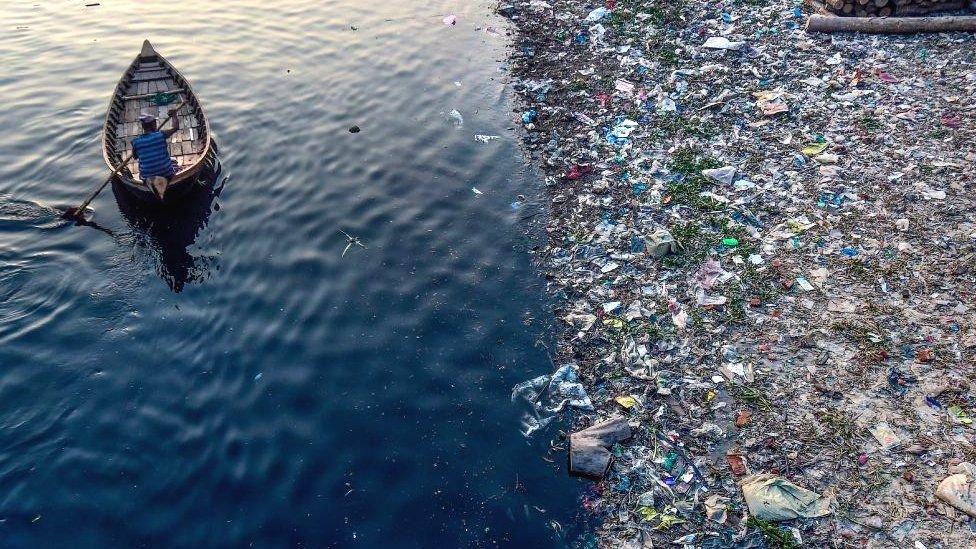
These plastic materials that have been repurposed by bacteria are both eco-friendly and adaptable, making them suitable for producing various products such as foams, adhesives, and nylon, without causing additional harm to the environment.
Plastic, which is harmful to many living things, can actually provide energy for specific bacteria and fungi. These microorganisms can be found in various environments such as soil, the ocean, and animal digestive systems. They have specialized proteins called enzymes that help them break down different types of plastic, similar to how enzymes aid in digestion and energy conversion in our bodies.
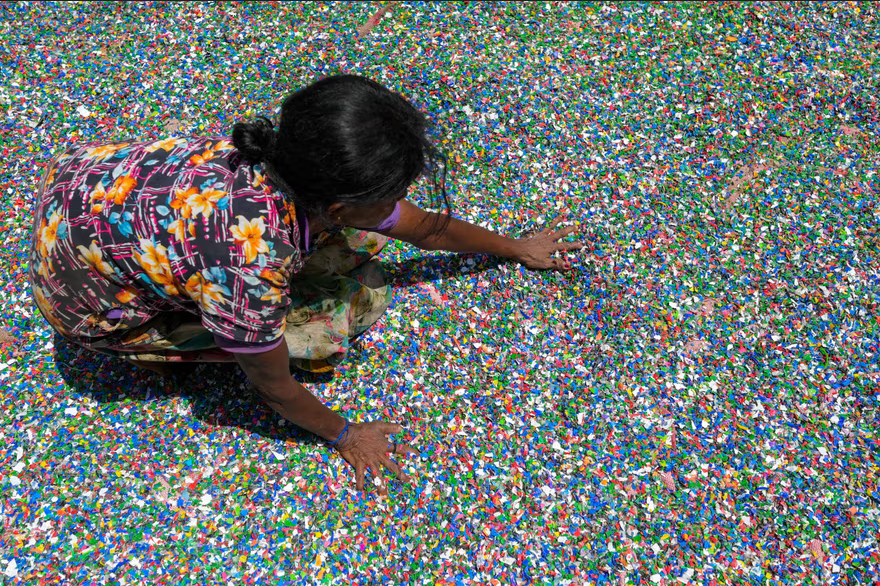
Regrettably, the natural strains of bacteria that can break down plastic are affected by temperature and acidity, and they can only digest plastic that is already damaged by UV light or chemicals. Even strains that can break down polyethylene terephthalate (PET) plastics require weeks or months to do so, and can only handle small volumes.
Scientist have converted two strains of Pseudomonas putida, a Cheetos-shaped bacteria often found in polluted water and soil. One strain had a taste for terephthalic acid, the other for ethylene glycol.
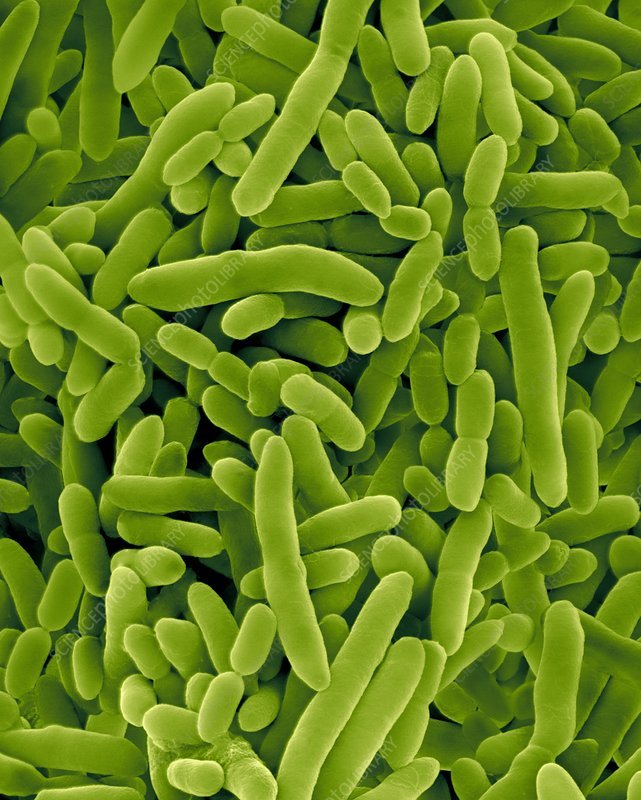
This specific bacteria is highly valued in biodegradation studies due to its ability to naturally break down aromatic molecules like styrene, commonly used in plastic and rubber production. It is also easily modified genetically and can adjust to new metabolic processes, making it an ideal candidate for research.
The outcome was a partnership between two types of bacteria. Each was very effective at consuming a specific type of plastic waste, and they also worked well together when grown together in a culture. Neither strain interfered with the other’s ability to consume their preferred food source, and they coexisted happily.
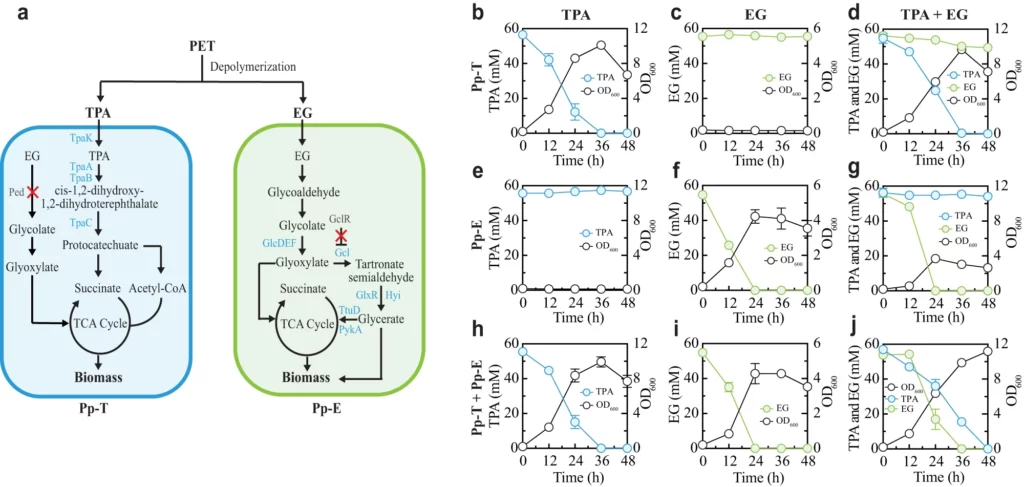
The study found that dividing tasks is crucial for improving the PET recycling and upcycling process. The researchers also believe that as the tools improve, synthetic bacterial ecosystems could be utilized to address other plastic pollutants and waste.
Reference- Center for Biological Diversity, Nature, Singularity Hub, US EPA website, ScienceDirect





